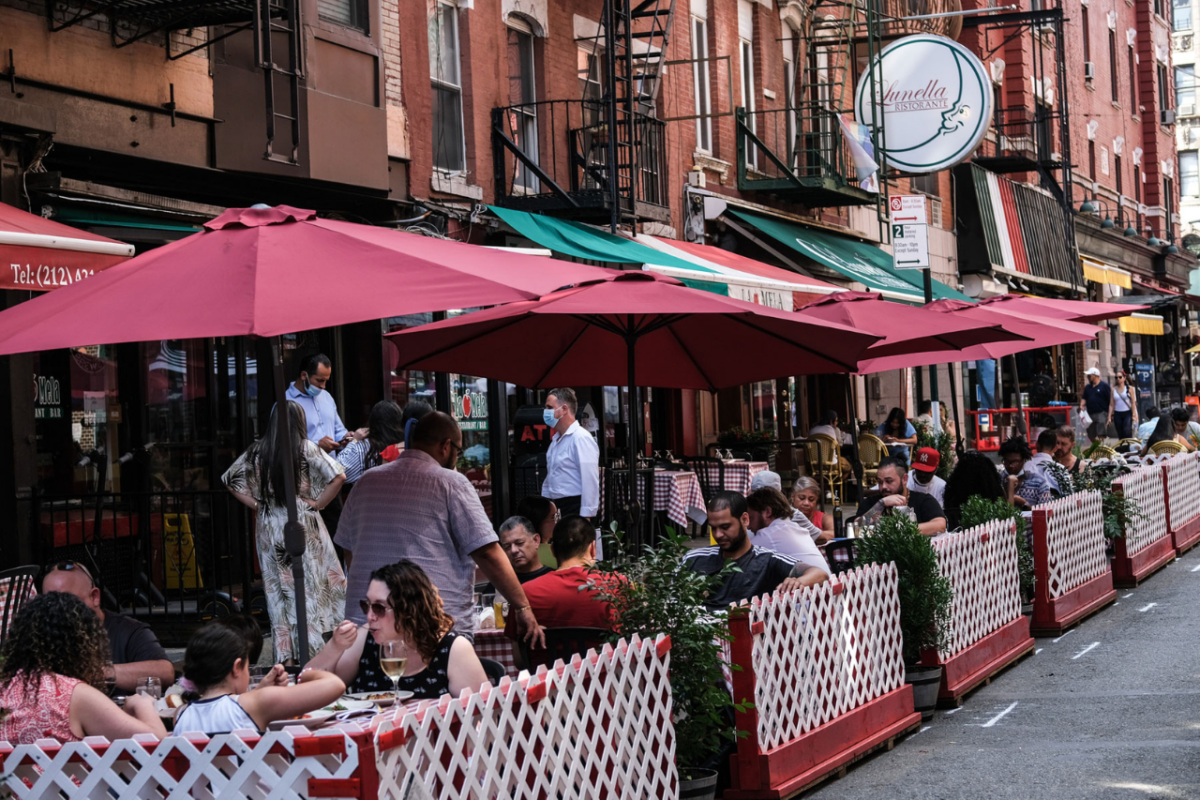In a world where everything is being replaced with technology, it seems like there is an electronic solution to almost anything. It creates a new problem in itself, which may formulate as the question: “How do I choose the right technology for my restaurant?”
Fear not, for we have simplified your options based on 3 highly-relevant restaurant trends that are sticking to the pan throughout 2021.
These 3 restaurant technology trends are based on 3 key issues restaurants are currently facing: waste management, online ordering, and POS flexibility. So without further ado, continue reading to see the technological solutions that correspond to these issues.
Waste Management
Plastic straw alternatives and biodegradable takeout boxes were only to the stepping stones to the sustainable restaurant movement. Zero-waste kitchens are now the thing and will normalize over the next few years.
If you aren’t familiar with this term, zero-waste kitchens essentially aim to eliminate trash taken to the landfill. The concept stems from the fact that food makes up the largest component of trash in landfills.
Taking steps to become a zero-waste kitchen help reduce green-house gas emissions which attract eco-conscious diners and can actually save restaurants $7 for every $1 invested in anti-waste solutions.
Tech for waste reduction
There are several tech solutions out there aimed at reducing food waste. Tenzo and Winnow use powerful AI technology to measure the amount of food wasted. By keeping these metrics in control, restaurants can make more accurate food-forecasting predictions and avoid ordering too much or too little.
BlueCart is another tech integration that claims to have reduced their users’ food waste by 52%. With BlueCart, restaurants can centralize their food suppliers on one platform and make better forecasting decisions.
Recycling is a pretty straightforward task but how do you avoid dumping the actual food into the landfill? The To Good To Go allows restaurants to sell their extra food instead to sustainability-driven customers instead of letting it go to waste. Restaurants can use their app to get connected with the largest food surplus platform dedicated to reducing food waste.
Aside from apps, restaurants can use appliances like dehydrators and digesters to dispose of food in a more sustainable way. In simple terms, digesters use water while dehydrators use heat to break down food. Both digesters and dehydrators can be great solutions to help with restaurant food waste reduction and sustainability.
Cloud-Based POS
Cloud-based POS systems were already an applauded restaurant innovation before the pandemic but has seen an even greater boom because of it. Being able to access the restaurant POS system from anywhere has been a real significant benefit in these times. N0t only can restaurants store transaction records better, is also makes it easier for restaurants to get paid!
Restaurants can diversify payment options whether it be through 3rd-party delivery apps or their own website for online orders.
For dining in, cloud-based POS systems help customers make contactless payments with ease.
Restaurant POS tech
Upserve‘s POS system allows restaurants to create dining maps, view sales and update their menu instantly. Upserve is available on IOS and Android for smooth integrations within any full-service restaurant.
TouchBistro, the iPad-based POS system, also does the same and is one of the better known POS systems out there. For smaller restaurants looking for a more affordable yet effective alternative can consider using Square.
Online Ordering
Probably the most impacted area of restaurants from the pandemic, the online ordering surge will continue. Restaurants that are only using third-party delivery companies like UberEats and GrubHub to fulfill orders outside their restaurant may want to invest in their own online ordering system.
Technology for online ordering
ChowNow helps restaurants get pick-up, delivery, and curbside orders while eliminating third-party delivery companies. Just like ChowEasy, ChowNow helps restaurants get full control over the guest experience instead of stealing them like 3rd-party delivery companies tend to do.
Toast also empowers restaurants to take control of their own delivery and takeout. Toast has many integrations and works wonders in conjunction with it’s own POS system.

Looking for a fun way to get more dine-in customers? ChowEasy is a platform dedicated to helping restaurants get new, quality customers from the local area. Attract passionate foodies with promos that run on your schedule and on your terms with your restaurant name revealed only to committed diners. No upfront costs or commitments! Learn more now.







































































